India, often hailed as the land of diversity, extends that richness into its agricultural landscape—particularly in fruit production. From the tropical coasts of Kerala to the orchards of Himachal Pradesh, India’s fruit output is vast and varied. But how does this South Asian giant compare to the rest of the world when it comes to fruit production?
As global demand for fresh, nutritious, and exotic fruits continues to rise, comparing India’s fruit sector with global leaders offers insights into crop diversity, productivity, export potential, and sustainability practices. This article delves into a comprehensive comparison of India vs the global fruit industry, highlighting key statistics, strengths, and challenges.
1. Global Fruit Production: An Overview
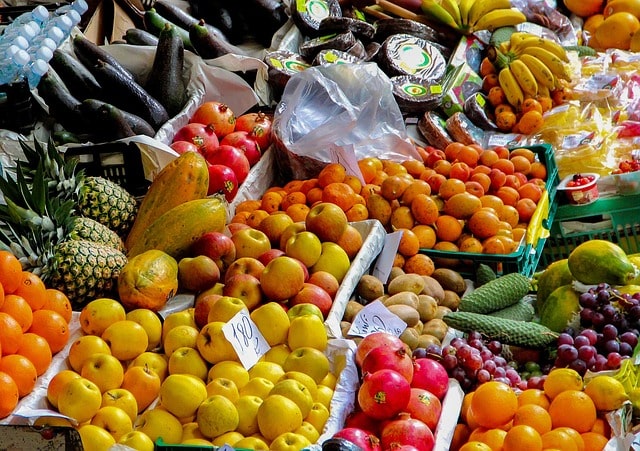
The global fruit industry is massive, with millions of tons produced each year to meet rising consumption. According to the Food and Agriculture Organization (FAO), the world produces over 900 million metric tons of fruits annually, grown across diverse climate zones and ecosystems.
Top Global Fruit Producers:
- China
- India
- Brazil
- Indonesia
- USA
These nations dominate due to vast arable lands, favorable climates, technological innovations, and large domestic markets.
2. India: A Fruit Powerhouse in Its Own Right
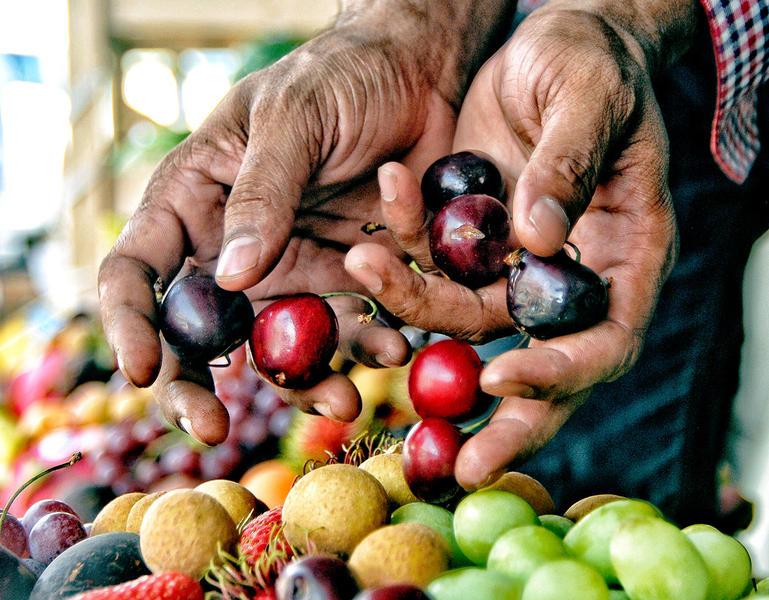
India is the second-largest fruit producer in the world, contributing over 12% of global fruit production. Its geographical diversity allows the country to grow a wide range of fruits—from tropical and subtropical to temperate varieties.
Key Highlights of Indian Fruit Production:
- Annual fruit output: Over 100 million metric tons
- Major fruit-growing states: Maharashtra, Andhra Pradesh, Uttar Pradesh, Gujarat, Tamil Nadu
- Top fruits: Banana, mango, citrus (lime & orange), papaya, guava, pomegranate
3. Crop-by-Crop Comparison: India vs the World
Let’s break it down fruit by fruit to understand how India stacks up globally.
a) Bananas
- Global Production: Over 125 million metric tons/year
- Top Producers: India, China, Indonesia, Philippines, Brazil
- India’s Rank: #1 producer globally
- Output Share: ~26% of the world’s bananas
Bananas are India’s top fruit crop, with key cultivation in states like Tamil Nadu, Maharashtra, Gujarat, and Andhra Pradesh. However, despite being the largest producer, India exports only a small fraction due to high domestic demand and logistical constraints.
b) Mangoes
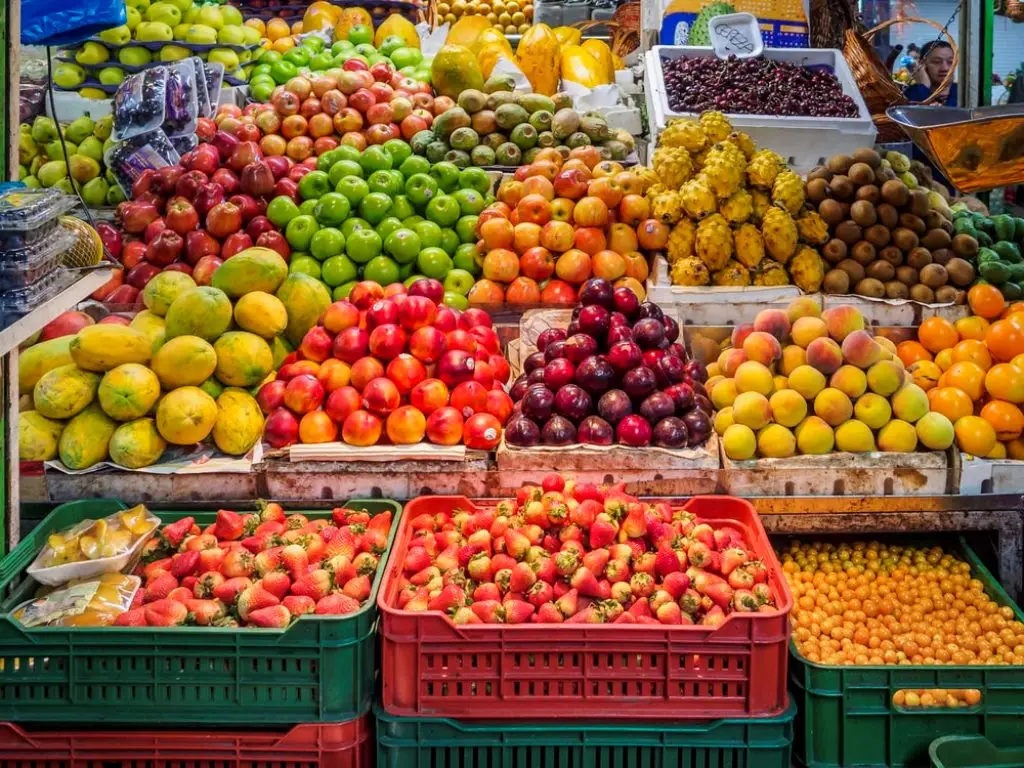
- Global Production: 55 million metric tons/year
- Top Producers: India, China, Thailand, Indonesia, Mexico
- India’s Rank: #1 producer, contributing nearly 45% of global production
- Key Varieties: Alphonso, Kesar, Dussehri, Langra, Totapuri
India dominates mango production globally and has a strong cultural and economic bond with this fruit. Despite its massive output, mango exports remain modest, mostly targeting the Middle East, UK, and Southeast Asia.
c) Citrus Fruits (Oranges, Lemons, Limes)
- Global Production: 150+ million metric tons
- Top Producers: China, Brazil, USA, Mexico, India
- India’s Rank: 5th in citrus production
- Primary Varieties: Sweet orange, lime, mandarin
India’s citrus production is steadily growing, but Brazil and the U.S. dominate the export markets, especially in oranges. India needs to improve post-harvest management and cold-chain logistics for citrus exports.
d) Grapes
- Global Production: ~75 million metric tons
- Top Producers: China, Italy, USA, Spain, India
- India’s Rank: Among top 10 producers globally
- Main Export Destinations: Netherlands, UK, UAE, Bangladesh
India produces high-quality table grapes, particularly from Maharashtra. With rising investments in packaging and certification, India’s grape exports have significantly improved over the past decade.
e) Apples
- Global Production: Over 85 million metric tons/year
- Top Producers: China (by far the largest), USA, Poland, India
- India’s Rank: Top 5 producer, but primarily for domestic consumption
- Major Growing States: Himachal Pradesh, Jammu & Kashmir, Uttarakhand
India’s apple productivity lags behind global standards due to traditional farming methods and limited cold-chain storage in hilly regions.
4. Export Competitiveness: Where Does India Stand Globally?

Despite its massive production, India ranks relatively lower in fruit exports, especially when compared to countries like Mexico, Chile, Spain, and South Africa.
Global Fruit Export Giants:
- Mexico: Known for avocados, mangoes, and citrus
- Spain: Leader in citrus and stone fruit exports
- Chile: Strong in grapes, cherries, blueberries
- South Africa: Noted for citrus and apples
India’s Fruit Export Snapshot:
- Total horticulture exports: ~$6 billion/year
- Major fruit exports: Bananas, mangoes, grapes, pomegranates, guavas
- Key Markets: UAE, Saudi Arabia, UK, Bangladesh, Netherlands
India’s export potential remains underutilized, hindered by factors like:
- Fragmented supply chains
- Lack of advanced cold storage
- Inconsistent quality and grading standards
- Limited air and sea cargo infrastructure
5. Yield and Productivity: A Global Gap
Though India ranks high in fruit production, yield per hectare often trails global averages due to traditional farming techniques and post-harvest losses.
Example: Banana Yield (Per Hectare)
- India: ~35–40 tons
- Philippines: 50+ tons
- Costa Rica (export-focused): 60–70 tons
Similarly, apple and citrus yields in countries like China, Italy, and the U.S. are significantly higher due to mechanization, hybrid varieties, and precision farming.
What India Needs:
- Wider adoption of high-density planting systems
- Drip irrigation and water-efficient practices
- Post-harvest tech for grading, waxing, and cold storage
- Farmer training in Good Agricultural Practices (GAP)
6. Sustainability and Organic Trends: Who’s Leading?
The global fruit market is now shifting toward organic, residue-free, and sustainable production. Countries like New Zealand, Spain, Italy, and the U.S. are investing heavily in organic certifications and traceability.
India’s Position:
- India is among the top organic producers (especially in bananas and mangoes)
- But exports of organic fruits are still in nascent stages
- Sikkim became the world’s first fully organic state, a significant milestone
India can capitalize on organic farming for premium global markets, especially as consumers prioritize sustainability and food safety.
7. Cold Chain and Logistics: A Critical Weakness
Efficient cold chain infrastructure is vital for maintaining fruit quality during export. Global leaders like Chile, USA, and Netherlands have well-developed supply chains.
India’s cold chain infrastructure, while improving, still lacks:
- Sufficient temperature-controlled trucks
- Integrated cold storage hubs near ports
- Seamless first-mile to last-mile connectivity
This results in post-harvest losses of up to 30–40%, reducing profitability and global competitiveness.
8. Innovations and the Road Ahead
India is now witnessing agricultural innovation aimed at bridging the global gap:
Positive Trends:
- Startup ecosystem promoting agri-tech, traceability, and supply chain solutions
- Government schemes like PM FME, Mission for Integrated Horticulture Development
- Contract farming and farmer-producer organizations (FPOs) helping scale exports
However, for India to rival global leaders in fruit exports, coordination between farmers, exporters, government, and tech enablers is key.
Conclusion: India vs Global – A Fruitful Journey with Room to Grow
India holds an enviable position in global fruit production—rich in diversity, volume, and cultural heritage. However, when compared globally, the country lags in exports, productivity, and infrastructure.
To transform its strengths into global dominance, India must focus on:
- Scaling up value-added exports
- Investing in post-harvest infrastructure
- Adopting modern cultivation and packaging techniques
- Tapping into the rising global demand for organic and exotic fruits
With the right policies, investments, and market linkages, India has the potential not only to remain a fruit production leader but also to emerge as a major force in global fruit trade.

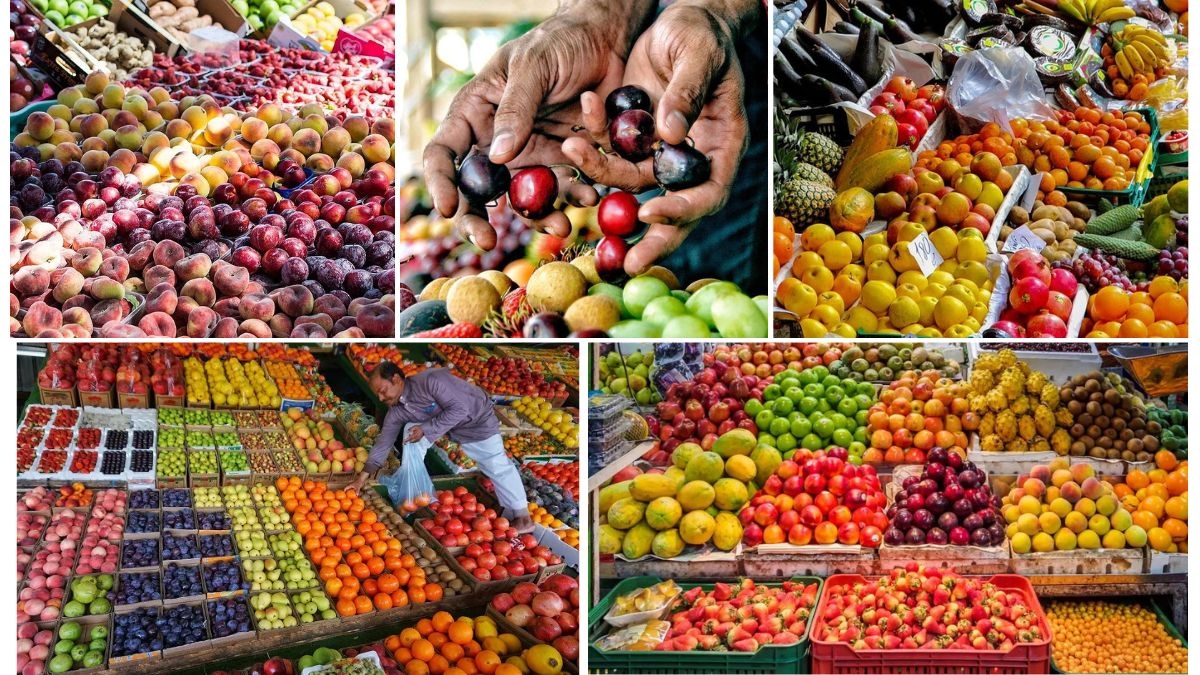





Leave A Comment